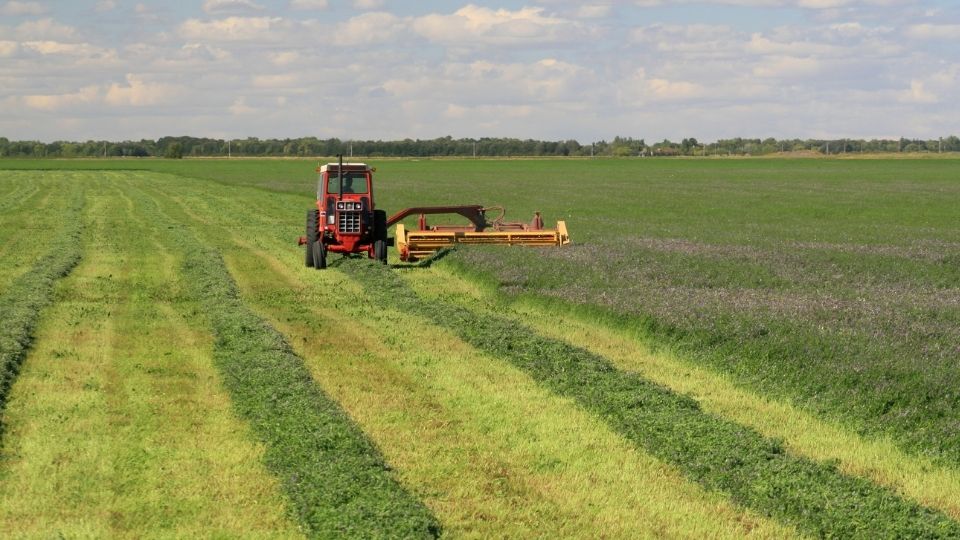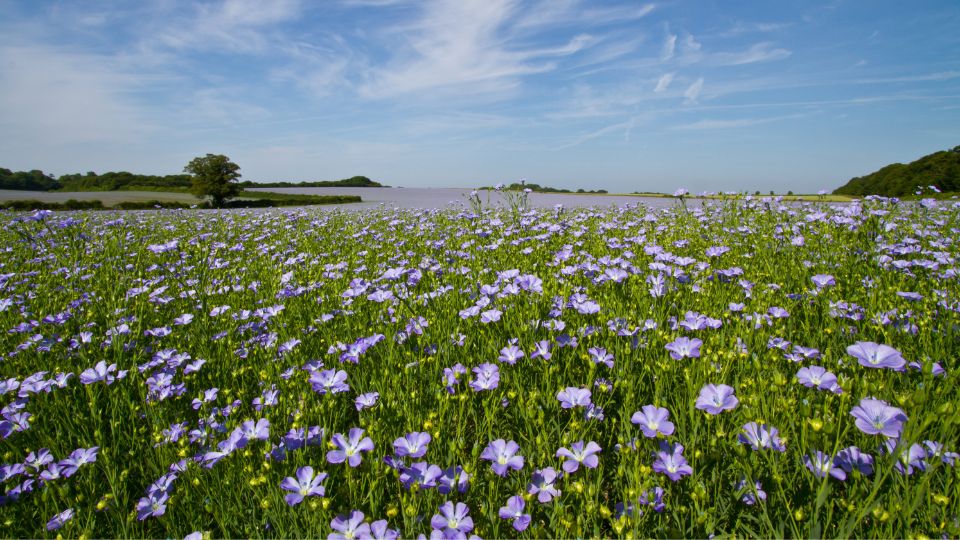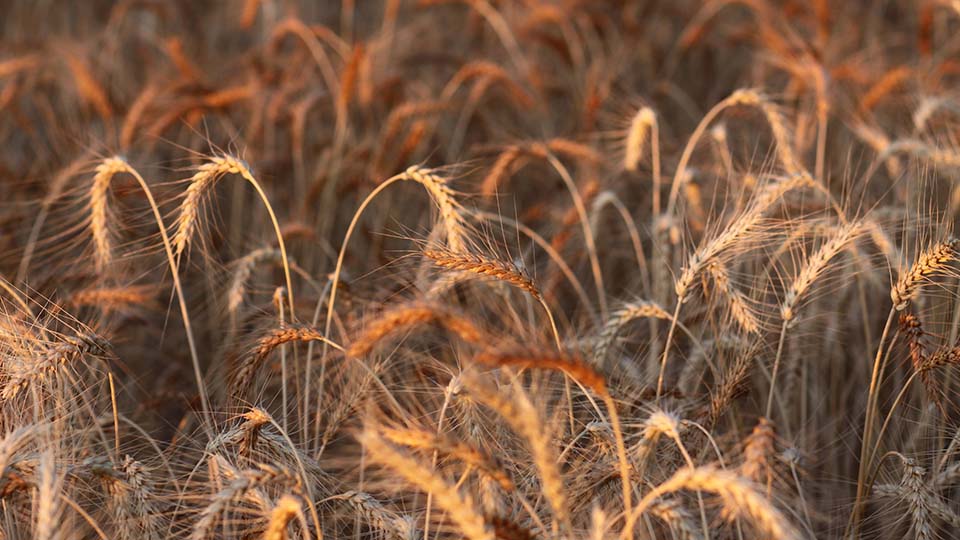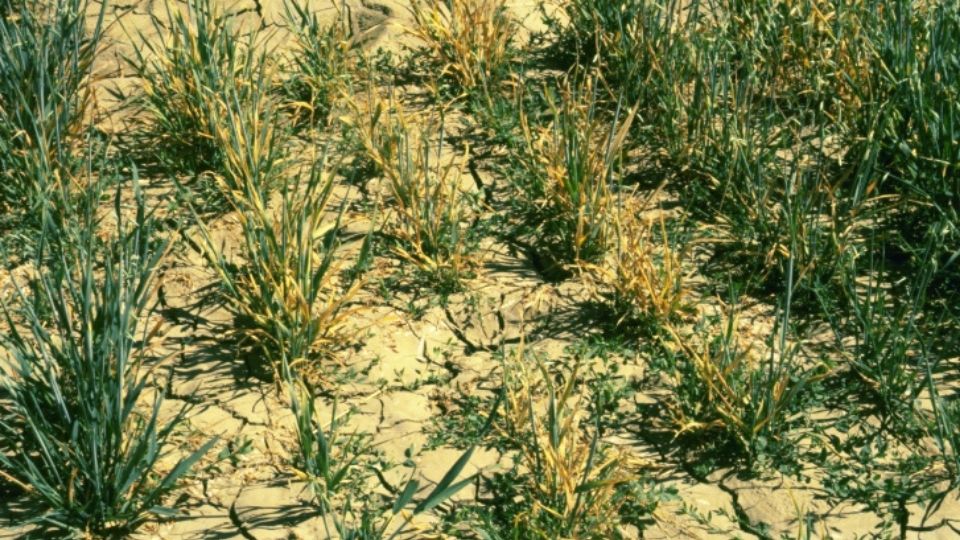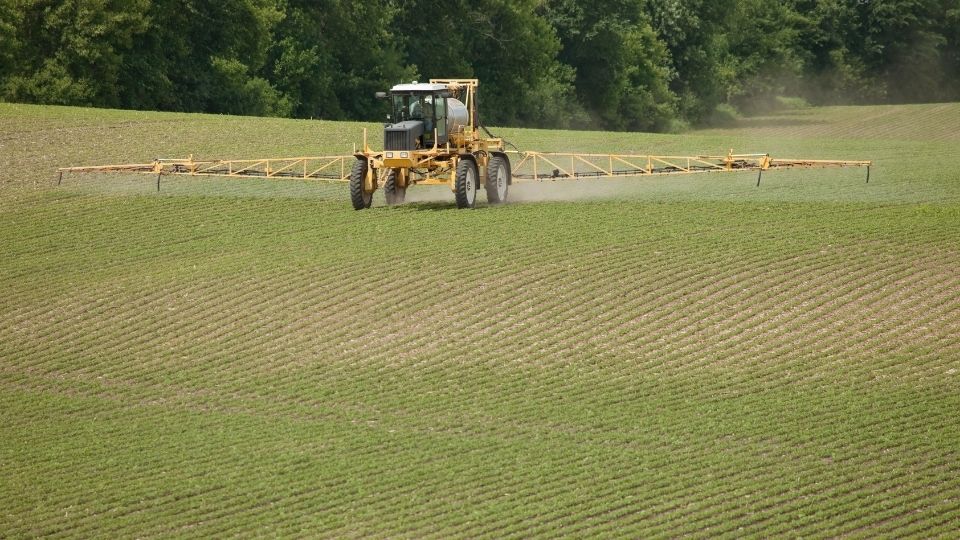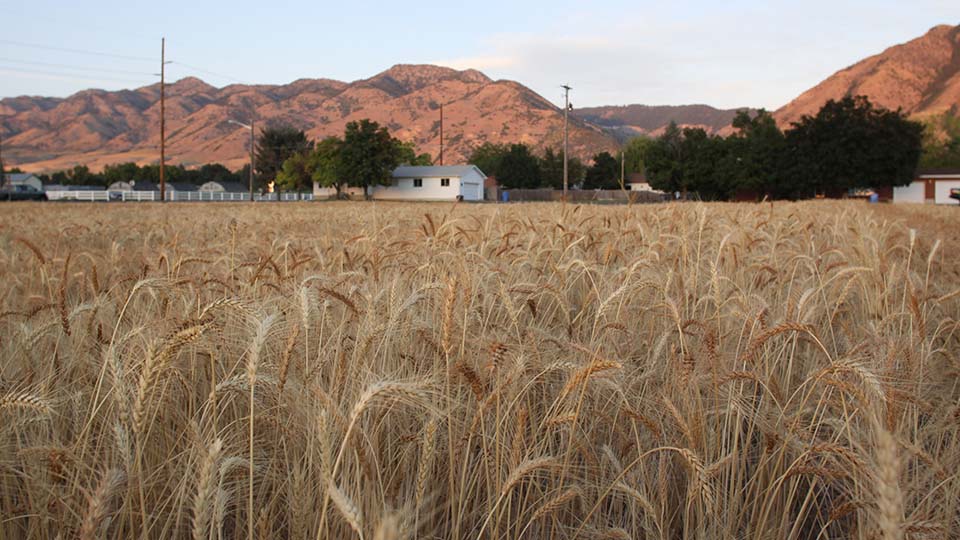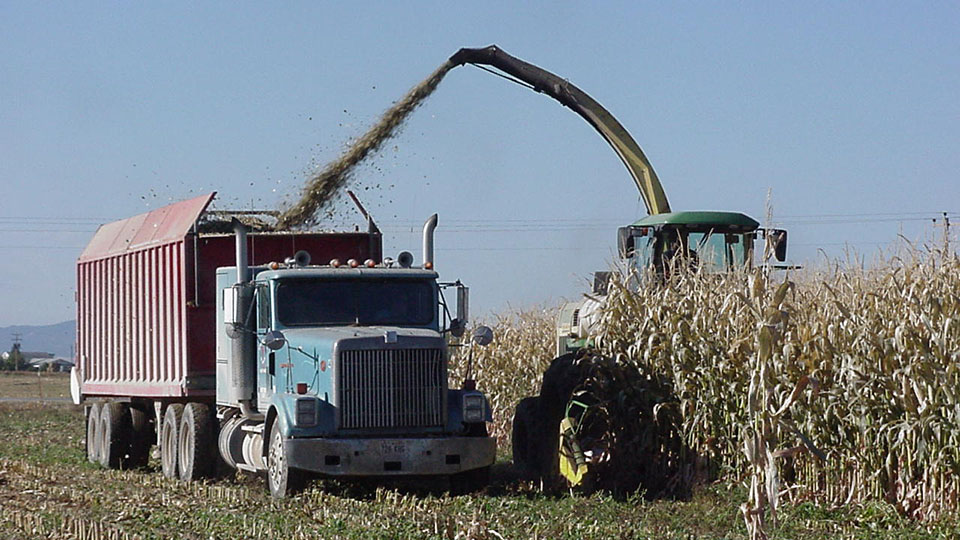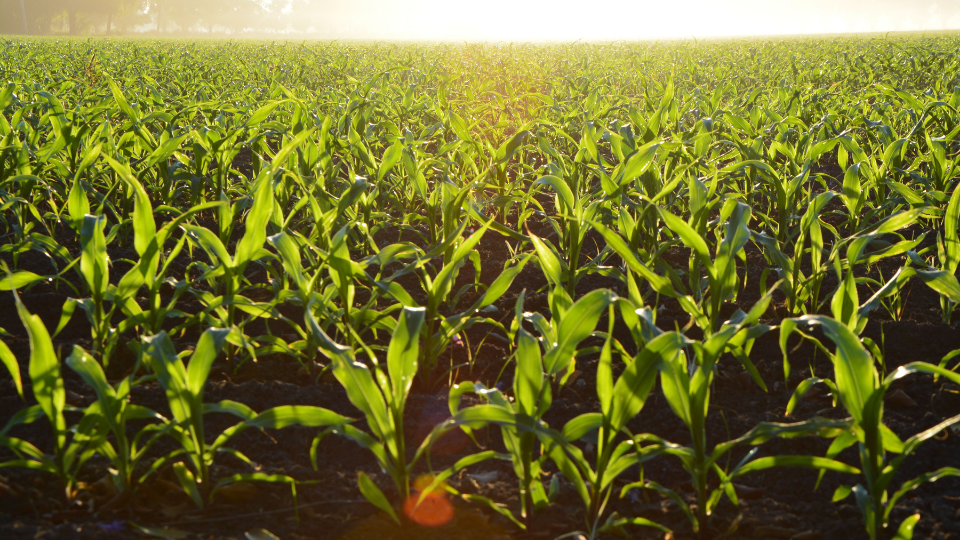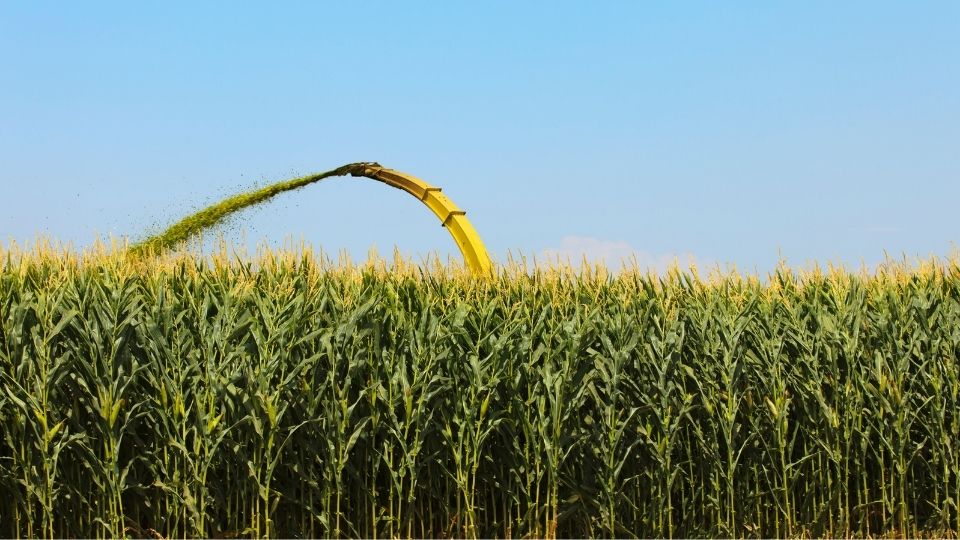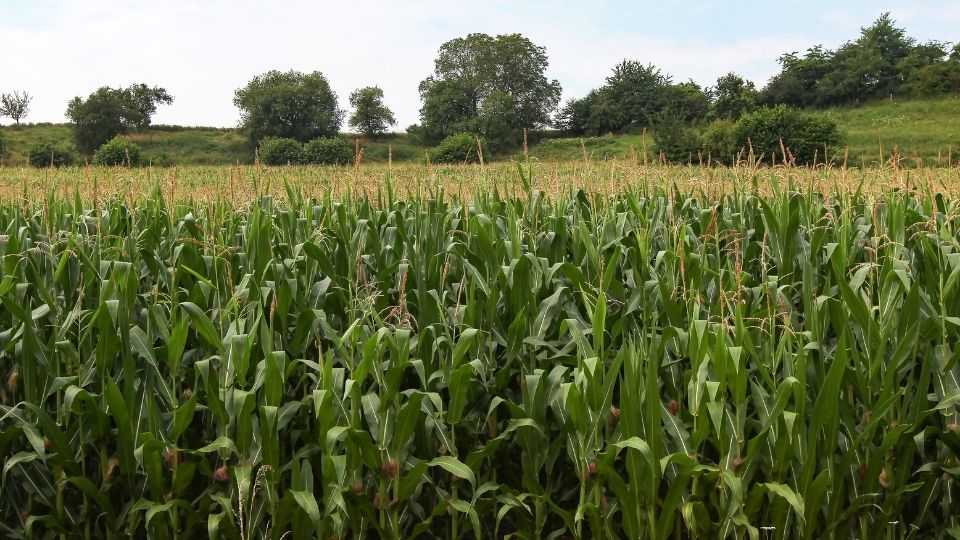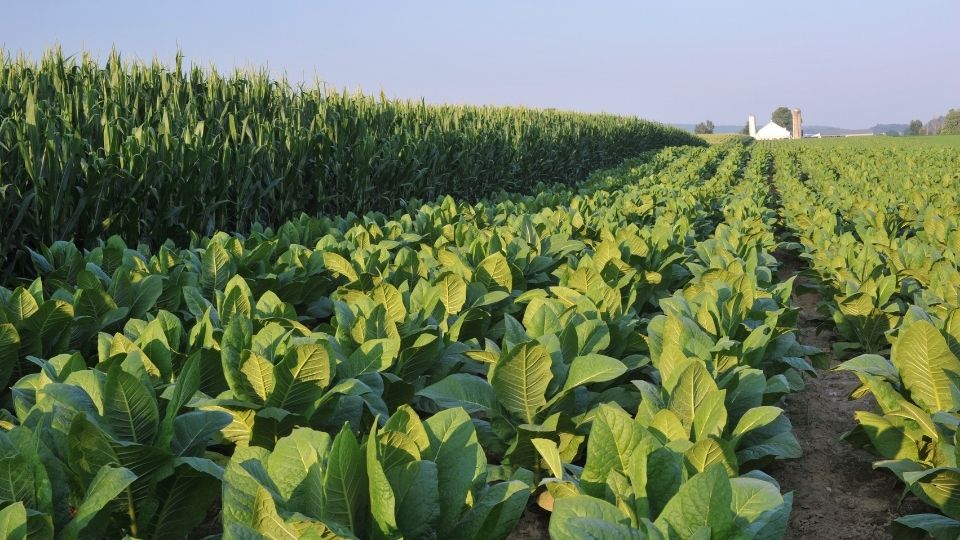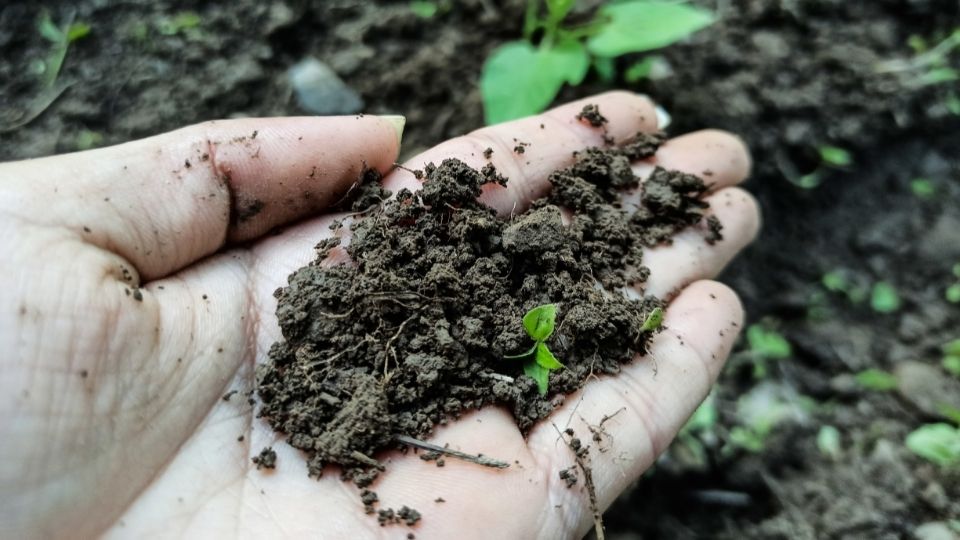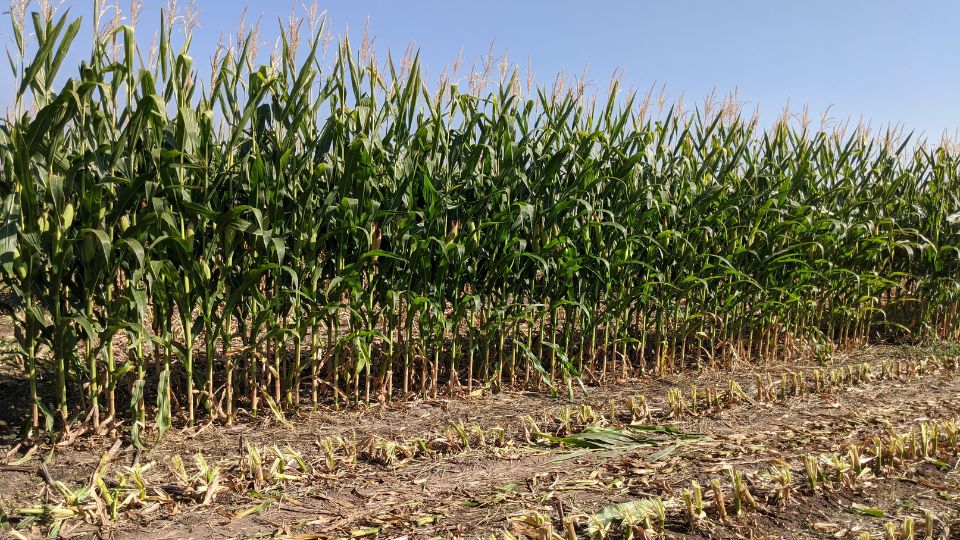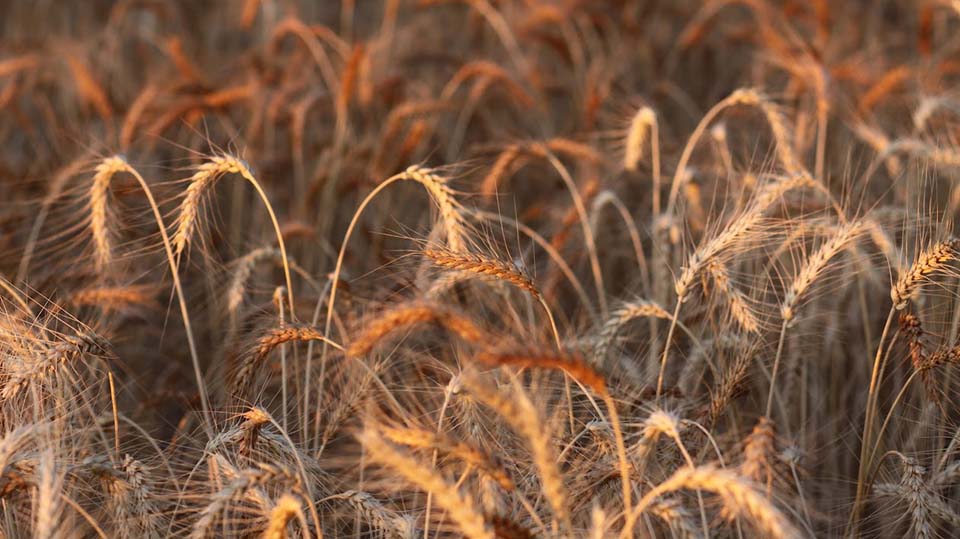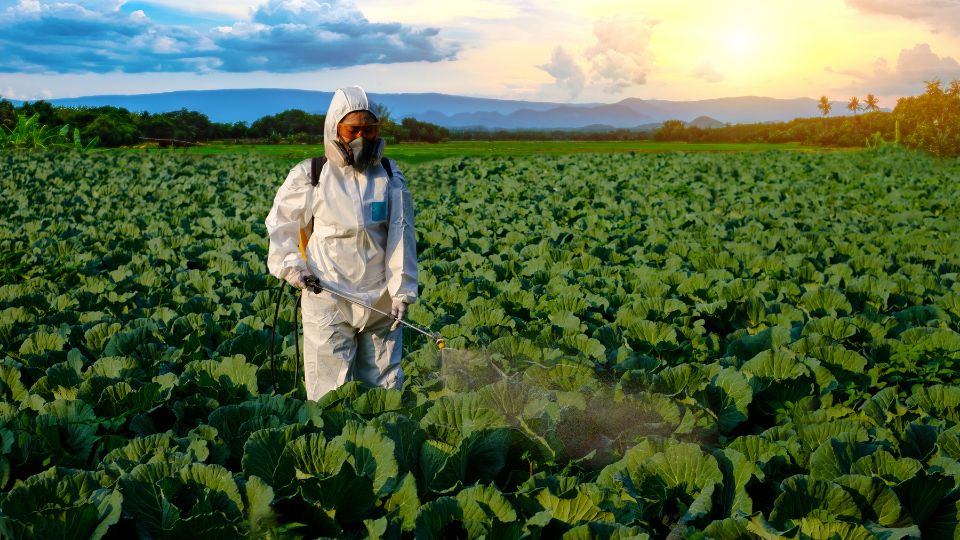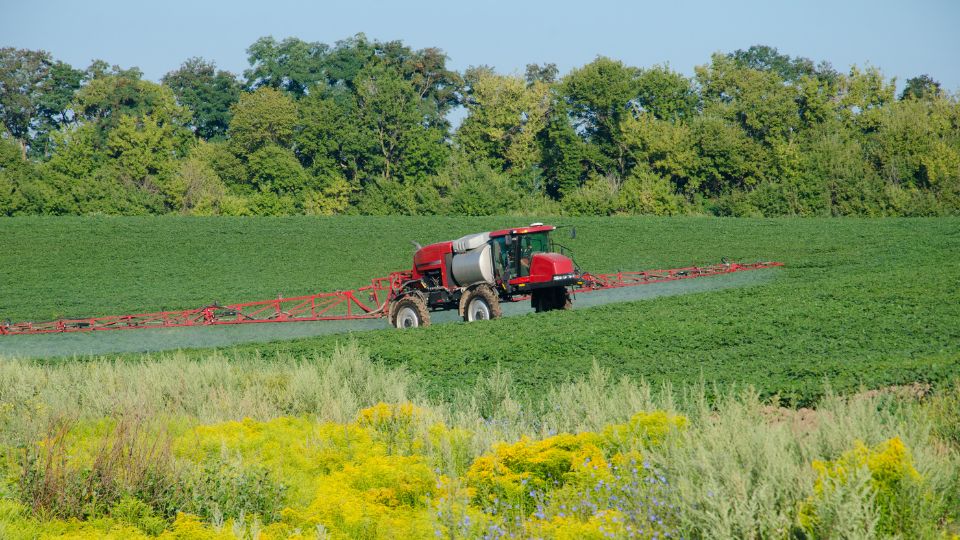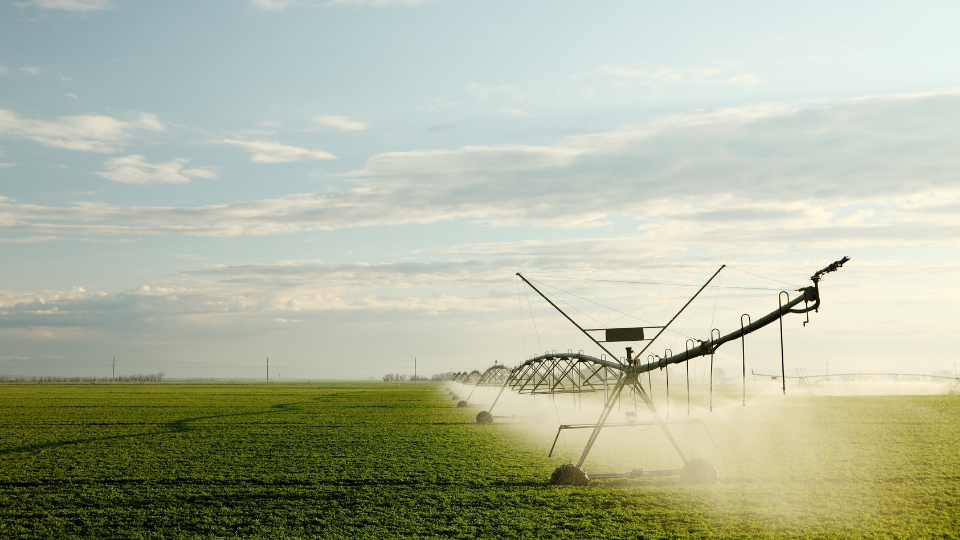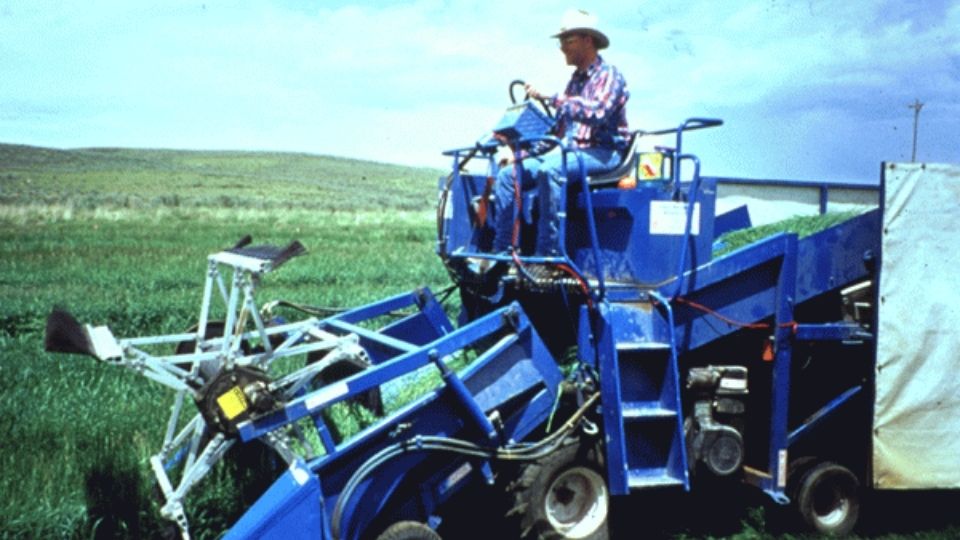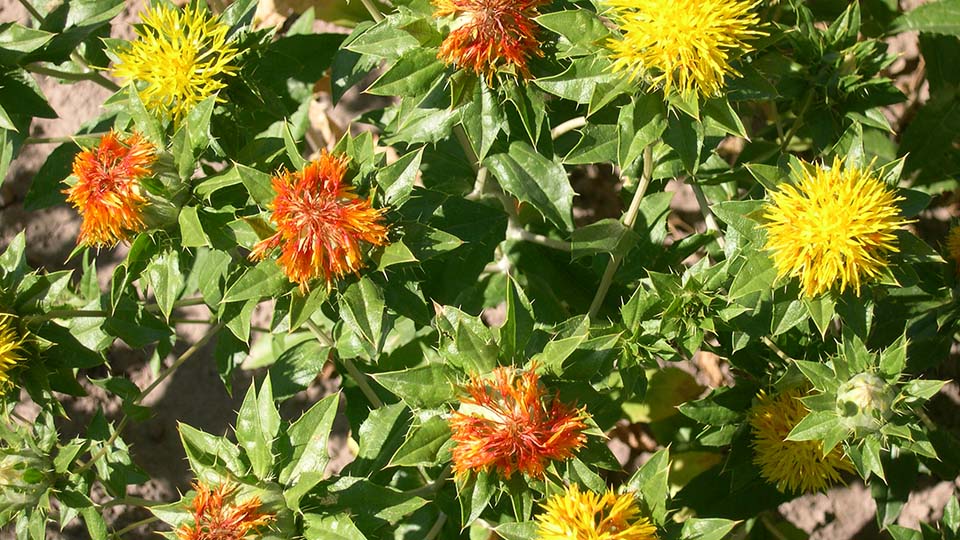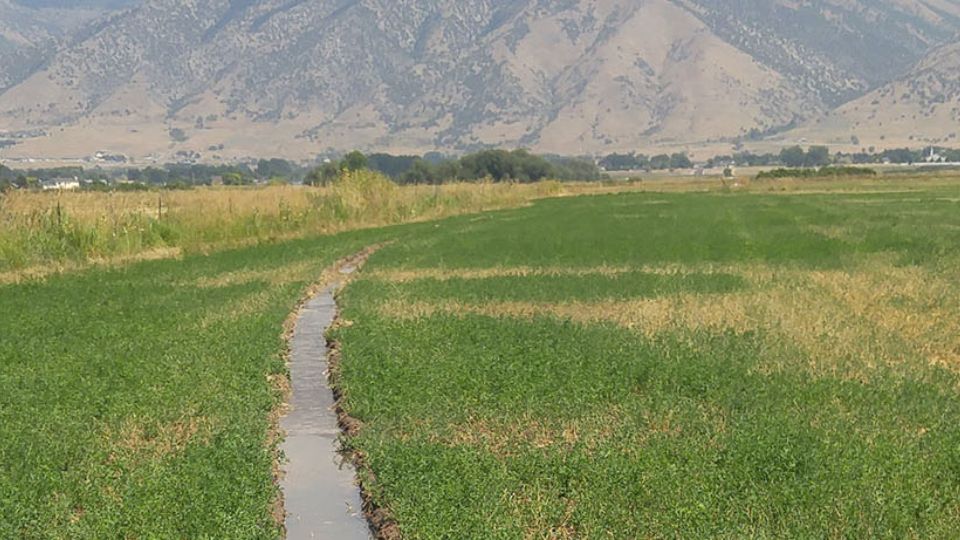Variable Frequency Drives for Irrigation Pumps

What is a VFD?
Many irrigation systems have variable flow and pressure needs. Variable frequency drives (VFDs) are electric controllers that vary the speed of the pump motor, allowing the pump to respond smoothly and efficiently to fluctuations in flow and/or pressure demand (Stover, 2019). They are also sometimes referred to as variable speed drives (VSD). When installed correctly in the right applications, they can effectively reduce energy costs, decrease electrical system stress, and extend the life of a pump. Due to their effectiveness, many energy companies and governments cost-share or incentivize their use. This can sometimes lead to VFDs installed on pumps where costs outweigh benefits. This guide will help irrigators and irrigation dealers understand when and where VFDs make sense.
When Does a VFD Make Sense?
A VFD can make sense in a variety of irrigation applications. Here are 6 of the major applications where one might consider a VFD (also see Henry and Stringham, 2013 and USDA-NRCS, 2010):
- The load (flow and/or pressure) varies on a single pump. Some examples include multiple sprinkler systems (e.g., pivots, wheel lines) or zones with random start times.
- The load (flow and/or pressure) varies on multiple pumps on the same main line. A single VFD can help trim the total load when multiple pumps are on the system.
- The system needs to “soft-start” AND the load varies. If you just need soft start, a VFD is usually not warranted.
- A smaller pump is needed and it is less expensive to use a VFD than to pull/rebowl the existing pump.
- When phase conversion (1-phase to 3-phase) is needed.
- When an old pumping system needs major overhaul or replacement resulting from pumping system age and condition, or changes in the irrigation system that require different flows and/or pressures.

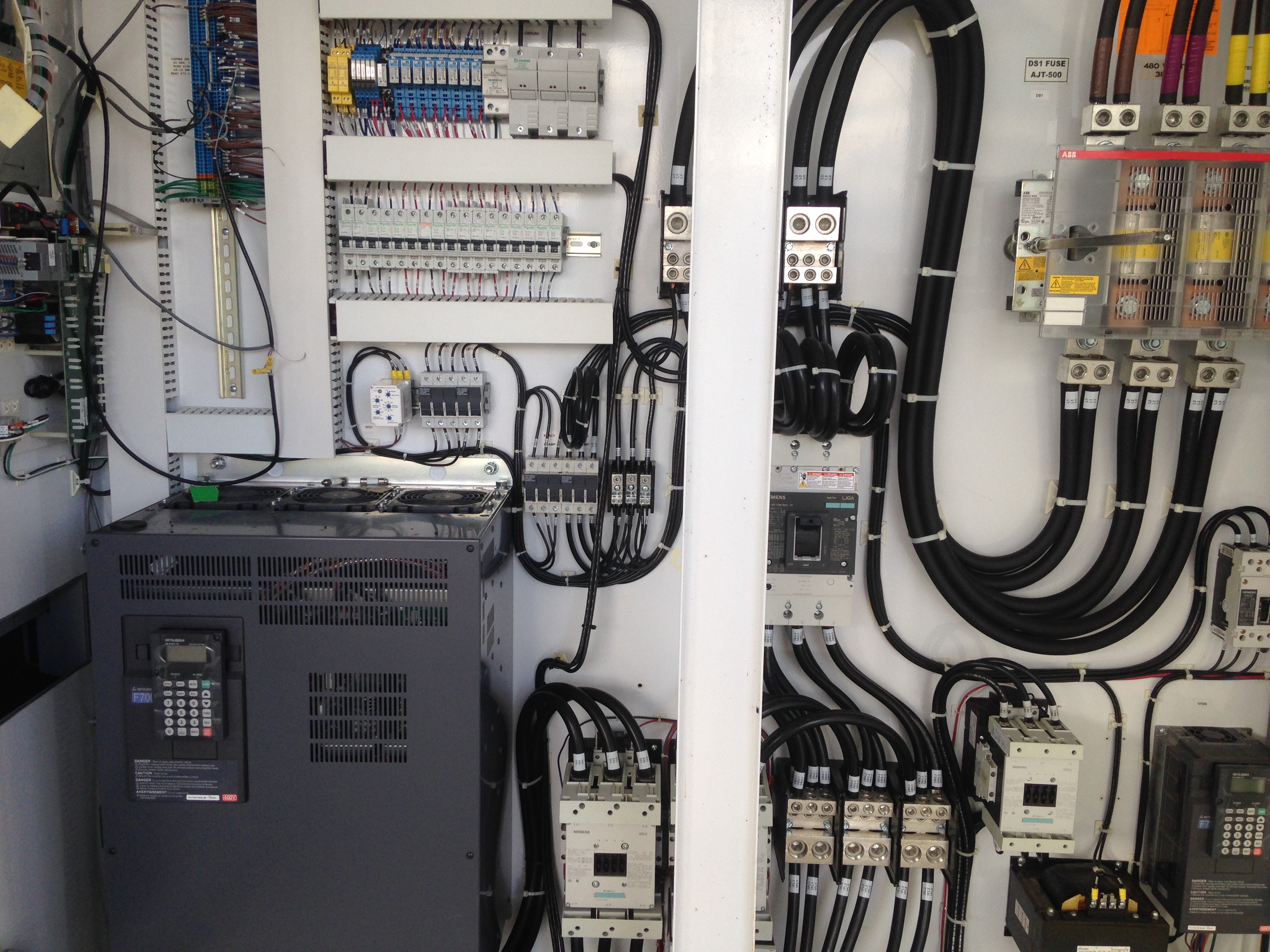

What Factors Should I Consider When Purchasing a VFD?
If you determine that a VFD might make sense for your application based on the six scenarios (or related) above, the next step is to select the right product for your application. Many VFD options from multiple companies exist. It is wise to resist the temptation to skip immediately to cost when considering which VFD is right for you. While cost is certainly important, many other factors will contribute to the performance and maintenance of your VFD for its useful life (usually about 10-15 years). Seven considerations for purchasing VFDs are discussed in detail below.
1. Warranty, Service, and Technical Support
One of the first factors to consider for VFD purchases is the warranty, service, and technical support. The importance of this step cannot be overstated. Extended downtime for VFD or pump maintenance can get expensive extremely fast for most irrigation systems. For warranties (both factory and manufacturer), consider these four questions:
- What is the duration (1 year, 5 years)?
- What does it cover (parts, labor, and/or freight)?
- How quickly are warranty claims processed?
- Are repair parts stocked near where the VFD will be used?
For service and tech support (both before and after the installation of the VFD), consider asking these or similar questions:
- How long has the dealer, installing electrician, control panel manufacturer, and VFD manufacturer been in business?
- Do they offer 24/7 support all year?
- How far away is the nearest factory service center?
- Who is responsible to service warranty claims?
- Where is the nearest technician located?
- Which certifications and qualifications do the technicians have?
- What is available for phone technical support?
2. Life Cycle
The life cycle of a VFD is how many years the manufacturer intends to produce and support their product. Drives go through four phases in their lives: Active, Classic, Limited and Obsolete. The Active phase is the sales and manufacturing phase, following which the product moves into the Classic phase. Complete life cycle support is guaranteed throughout these two phases. In the Limited phase, product support is ramped down, ending in the Obsolete phase where product support is no longer available (retrofits or replacements are offered at this stage). Be wary of VFDs that are near the limited and obsolete phases if parts and service are important for the long-term operation of your VFD.
3. Cooling and Cleanliness
The standard life expectancy of most VFDs is 10-15 years, yet many factors can influence this. Some of these factors include initial quality, maintenance, environmental exposure, cooling, cleanliness, and protections. Two of the factors to consider during the purchasing process are cooling and cleanliness.
There are three main types of VFD cooling methods. In order from least to most expensive, these include air-to-air (filtered fan cooling), air- to-water (closed loop), and air conditioner (closed loop). The cooling method influences cleanliness of the VFD, which also should be considered as it affects life expectancy. Table 1 summarizes some of the advantages and disadvantages of these three types of cooling/cleanliness. Most VFDs are designed for full operating loads between 32-104°
F. Consider extra cooling and heating devices if your possible environmental temperatures are outside of that range.
Table 1.
Advantages and disadvantages of cooling methods for variable frequency drives (VFDs).
| Category | Fans | Water | A/C |
|---|---|---|---|
| Advantages | Least expensive initial cost Simple to maintain Easily repaired or replaced |
Best overall value Below ambient temperatures Simple to maintain Closed-loop cooling Cabinet stays clean |
Works everywhere Below ambient temperatures No plumbing needed Closed-loop cooling Cabinet stays clean No winterization |
| Disadvantage | Uses ambient air temperature Allows dirt and dust Clogs up easily and fast Cabinet runs warmest Uses electricity Requires MOST maintenance |
Relies on water temperatures MUST be winterized Requires some maintenance Requires initial plumbing Cannot be field repaired |
Uses electricity Can be costly to repair Requires some maintenance Requires A/C technician |
4. Additional Protections
Most VFDs have a fully integrated control panel where all the needed components are in a single cabinet with single source accountability (Fig. 2). One reason for this is that it saves VFD manufacturers and installers time and money.
Because a single control panel is used, a VFD sits inside a steel cabinet confined in the generated heat. That is why cooling (discussed above) is so important. In addition to cooling, other protections for your VFD investment are important to consider during the purchasing process. These include protection from i) dirt/dust buildup on circuit boards and fans; ii) environmental contaminants such as moisture, chemicals, smoke, bugs, rodents, or snakes; and iii) power quality problems such as line surges, phase loss phase reversal, low voltage, high voltage, and lightning. Remember that most VFDs have built-in internal protection from power fluctuations, but none are capable of absorbing or protecting from moderate-to-major high voltage events.
The appropriate protections usually help reduce downtime and maintenance costs, and improve life expectancy. Several other low-cost additional protection devices should be considered:
- Input line reactors
- Fast-acting fuses
- Voltage monitors with interrupt relays
- Lightning and surge arrestors
- Harmonic filters (not low cost, but are excellent surge absorbing devices)
These low dollar add-ons will greatly increase your VFDs chances of surviving a harmful line disturbance and also increase your chance of meeting the VFD manufacturer’s warranty requirements.

When trying to decide which power input protections are necessary, in regard to power output, it is also wise to consult with the motor manufacturer prior to installing a VFD. Every motor manufacturer may have a different insulation class and National Electrical Manufacturers Association (NEMA) rating standard; therefore, every type of motor has a different protection requirement. Most newly manufactured motors are built with “inverter duty” windings so that they are more compatible with VFD operation. Older motors may not have inverter duty rated windings, but can still be successfully operated long term with a VFD. There are several available options to help protect motors, and they are typically low-cost additions well worth including.
5. Sizing and De-Rating
Selecting the correct VFD size is crucial for optimal performance and proper return on investment.
VFDs are marketed by horsepower rating and sized by amperage. Three major things to ask about when sizing a VFD include:
- What is the incoming voltage and phase to the pump?
- What is the full load amps (FLA) and service factor amps (SFA) of the pump? Is the pump under- or over-loaded? VFDs are often sold undersized. Be aware of the horsepower needs and size accordingly. Most irrigation pump motors run in an overloaded condition and run higher amperages than other types of motors.
- What condition is the pump motor in and has it been rewound? This is important because the old motor could damage the new VFD. Always run a megohm test of the motor windings.
VFDs may also need to be de-rated for the following:
- Heavy-duty or overloaded motor
- Low input voltage or long motor cables
- Outdoor locations in the hot sun
- High operating temperatures
- High elevations
- Single-phase or open-delta power
6. Harmonics
A basic definition of harmonics is the amount of disruption that a VFD causes a power source due to its load (Control Techniques Americas, 2018).
Harmonics are important because electrical grids are governed by power quality standards. The IEEE-519 Power Quality Standard (PQS) is the set
of limits of electrical properties that allow electrical systems to function in their intended manner without significant loss of performance or reduced lifespan. Problems can arise if VFDs interfere with the electrical grid beyond the allowable amount.
Some of the common problems that harmonics can cause include:
- Increased utility current requirement
- Component overheating
- Nuisance circuit breaker tripping and fuses blowing causing lost productivity
- Irrigation equipment malfunction
- Noise transfer to other loads (pumps)
- Nearby motor failures due to counter rotational harmonics
- Incorrect meter readings, control relays malfunctioning
- Communication or telephone interference problems
- Excitation of power system resonance's creating over-voltages
Calculations for harmonics are complex. Work with your supplier to consider and calculate harmonics. Correct calculations need to include these six factors:
- Size of transformers in kva
- Impedance rating of transformers in “Z” percentage
- Isc value – short circuit current rating
- IL value – total linear and total non-linear demand load current
- Load in amps
- Point-of-common coupling (PCC)
Depending on the harmonic calculation results, a variety of additions such as a choke, reactor filters, or active front-end may need to be integrated into the VFD cabinet or installed separately in their own cabinets.
7. Economics
A comprehensive consideration of a VFD’s warranty, technical support, cooling, additional protections, sizing, and harmonics will aid in assessing the complete ownership cost of a VFD. The initial purchase cost of a VFD is a small percentage (about 5%) of the total cost of ownership. The cost of running the VFD during its useful life is usually the majority (75-95%) of the total cost. A third important factor to consider in assessing the cost of a VFD is the cost of not running it, which can be between 0 and 25% of the total ownership cost. Consider all three of these components when determining whether a VFD installation will pay for itself during its useful life. The USDA-Natural Resources Conservation Service (NRCS) has developed an Excel calculator that allows for an evaluation of whether a VFD would be economical, available at: (https://www.nrcs.usda.gov/Internet/FSE_DOCUM ENTS/nrcs144p2_050289.xls).
Few published reports of VFD economics exist. In Nebraska, Kranz et al. (2017) used satellite imagery and topography (variable pressure requirements) to estimate the energy saving potential and economics of a VFD on 1,000 center pivots. Based on several assumptions about typical pivot designs, VFD life (15 years), and VFD costs (assumed loan to purchase at 7% interest), and VFD operation hours, they evaluated four scenarios: regular pivot, added end gun, added corner extension, added corner extension and end gun. Their estimated cost savings from a VFD over the 1,000 pivots ranged from
$0.21/hour for a regular center pivot, $0.70/hour with an end gun, and up to $3.02/hour for a center pivot with a corner extension and end gun. They concluded that a VFD would rarely be economical unless using a corner extension or the field had high elevation changes. This analysis by necessity included several assumptions that cannot capture the economics of a VFD on each farm. However, it does highlight the fact that a VFD will not always be economical; take great care to do a comprehensive evaluation of potential VFD purchases.
Operation Tips
If you have determined that a VFD is economical for your irrigation systems, follow these tips to ensure your VFD is functional for its productive life:
- A simple, inexpensive sunshade will extend the life expectancy of your VFD.
- Keep the air intakes on your cooling system clean and free flowing with no obstructions to air flows; a slight obstruction or build-up of dirt can heat up your panel.
- Clean, maintain, and replace filters as recommended.
- Install the pressure sensor for the VFD near the last span of the pivot or at the critical location using a telemetry system, if needed, to optimize performance (Kranz, 2017).
Summary
In the correct applications, VFDs can be a great way to save energy and protect and extend the life of irrigation pumps and motors. VFD economics will be highly dependent on the conditions on each field or set of fields. Considering the complete costs of ownership should ensure that VFDs are purchased and installed where they will be economical.
References
Henry, C.G., and B. Stringham. 2013. Variable Frequency Drives. Louisiana State University AgCenter Pub. 3241-B. https://www.uaex.edu/environment- nature/water/docs/IrrigSmart-3241-B-Variable- frequency-drives.pdf.
Kranz, W., D. Brar, T.H. Lo, S. Irmak, and D. Martin. 2017. Energy conservation using variable-frequency drives for center pivot irrigation. Proceedings of the 29th Annual Central Plains Irrigation Conference, Burlington, Colorado, Feb. 21-22, 2017. https://www.ksre.k- state.edu/irrigate/oow/p17/Kranz17.pdf.
Stover, D. 2019. Variable frequency drives can improve system performance and cut farmer costs. Water Well Journal April 2019. https://waterwelljournal.com/vfds-and- irrigation/.
United States Department of Agriculture-Natural Resources Conservation Service (NRCS). 2010. Variable-speed drive for irrigation pumps. Engineering Technical Note No. MT- 14 J. https://www.nrcs.usda.gov/Internet/FSE_DOC UMENTS/nrcs144p2_054026.pdf.
Control Techniques Americas. 2018. Harmonic distortion and variable frequency drives. Nidec Motor Corporation. Power Solutions. https://acim.nidec.com/drives/control- techniques/-/media/controltechniques/documents/enus/whp_harmonicmitigation.ashx.
Revised March 2020 and published to the Web May 2022
Utah State University Extension
Peer-reviewed fact sheet
Authors
Dr. Matt Yost1, Tom Young2, Dr. Niel Allen1, Dustin Larson3, and Jonathan Holt1
1Utah State University Extension, 2Precision Automation Systems, and 3Wish-Northwest Irrigation Distributor
Related Research




